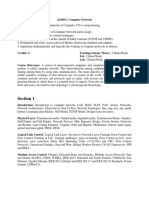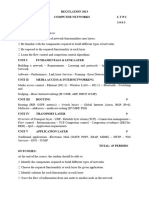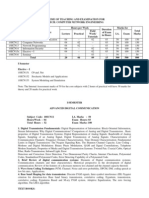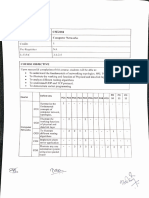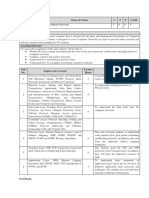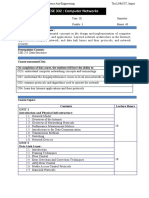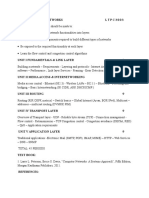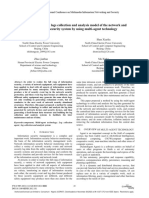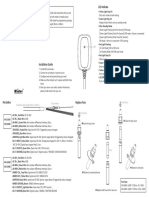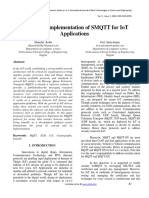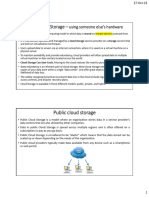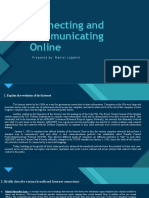0% found this document useful (0 votes)
34 views3 pagesComputer Networks Syllabus
The document outlines the syllabus for the B.Tech Computer Networks course, detailing course objectives and outcomes, as well as the topics covered in five units, including network hardware, data link layer protocols, network layer routing algorithms, transport layer services, and application layer protocols. It also includes a lab component with practical experiments focused on implementing various networking concepts and protocols. Textbooks and reference materials are provided for further study.
Uploaded by
ushaniomprasadytCopyright
© © All Rights Reserved
We take content rights seriously. If you suspect this is your content, claim it here.
Available Formats
Download as PDF, TXT or read online on Scribd
0% found this document useful (0 votes)
34 views3 pagesComputer Networks Syllabus
The document outlines the syllabus for the B.Tech Computer Networks course, detailing course objectives and outcomes, as well as the topics covered in five units, including network hardware, data link layer protocols, network layer routing algorithms, transport layer services, and application layer protocols. It also includes a lab component with practical experiments focused on implementing various networking concepts and protocols. Textbooks and reference materials are provided for further study.
Uploaded by
ushaniomprasadytCopyright
© © All Rights Reserved
We take content rights seriously. If you suspect this is your content, claim it here.
Available Formats
Download as PDF, TXT or read online on Scribd
/ 3






